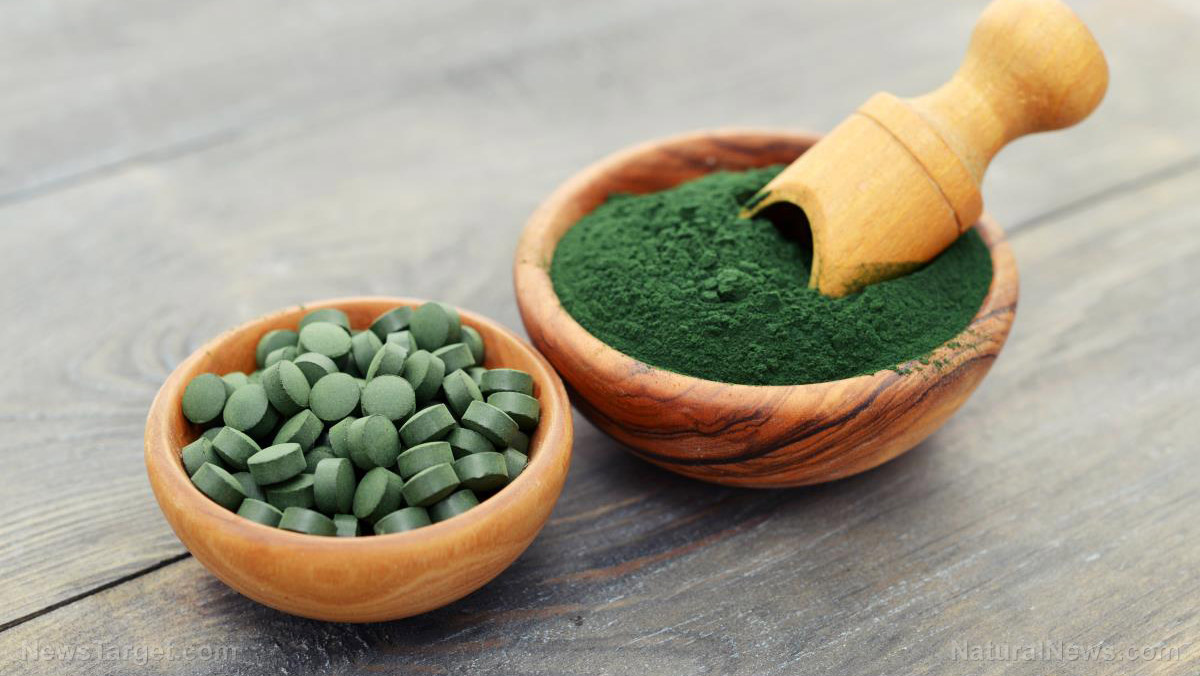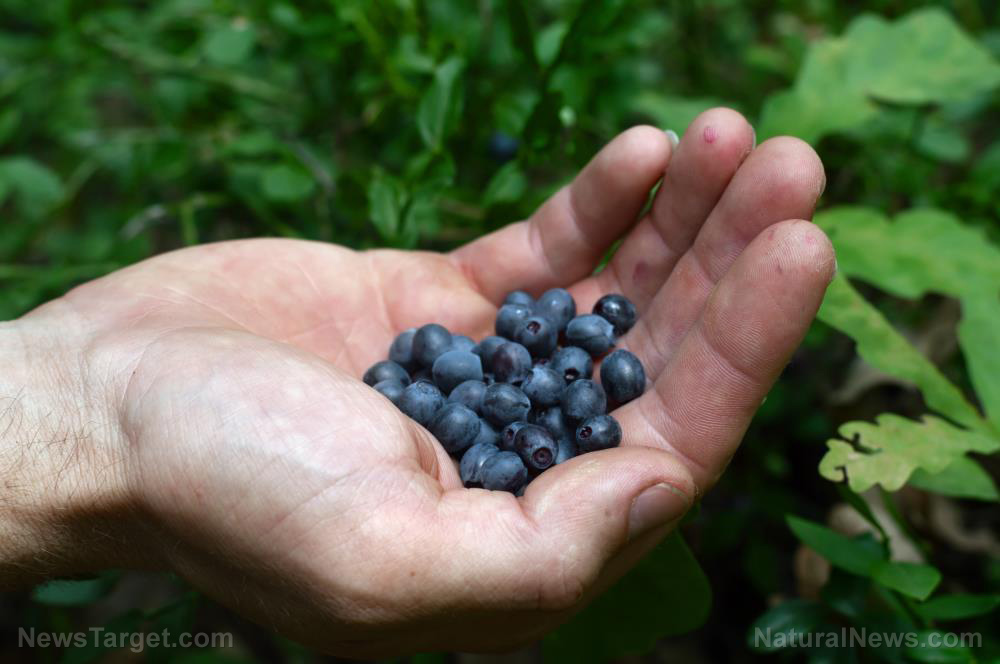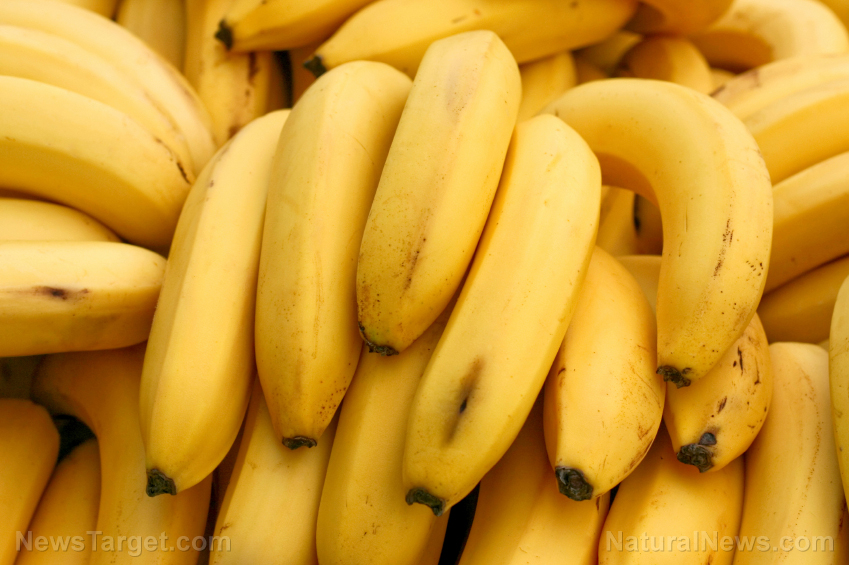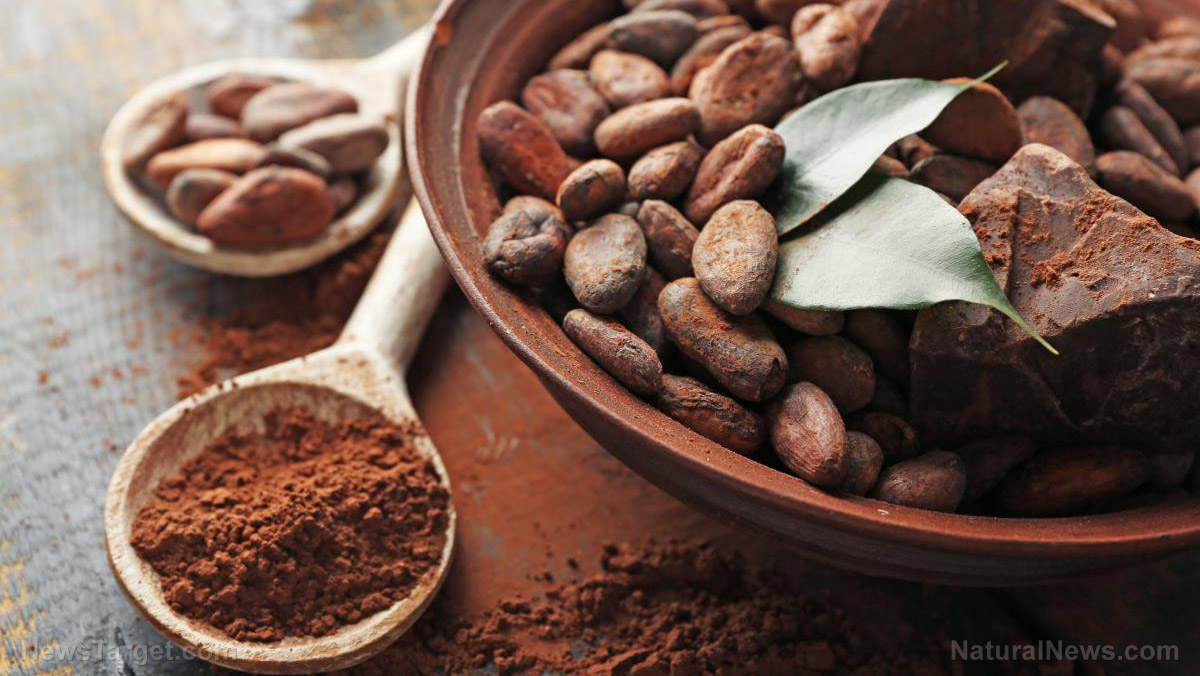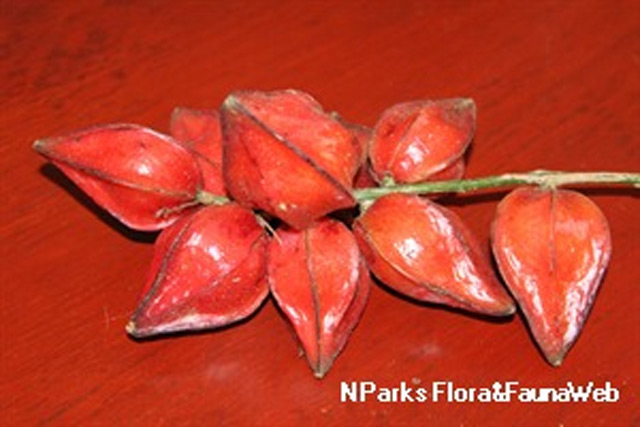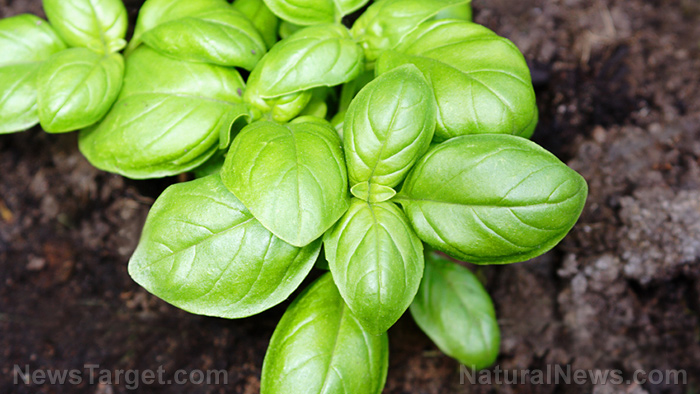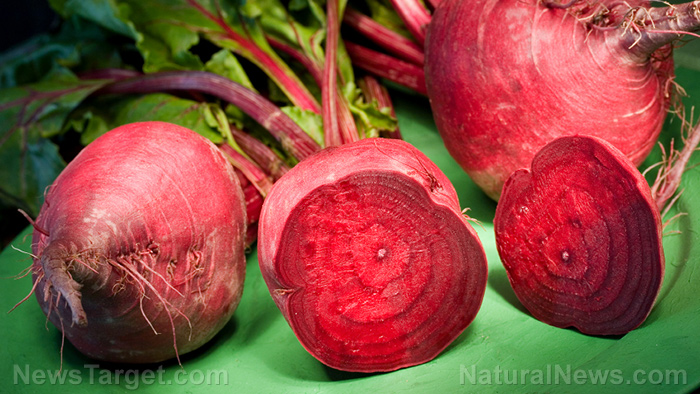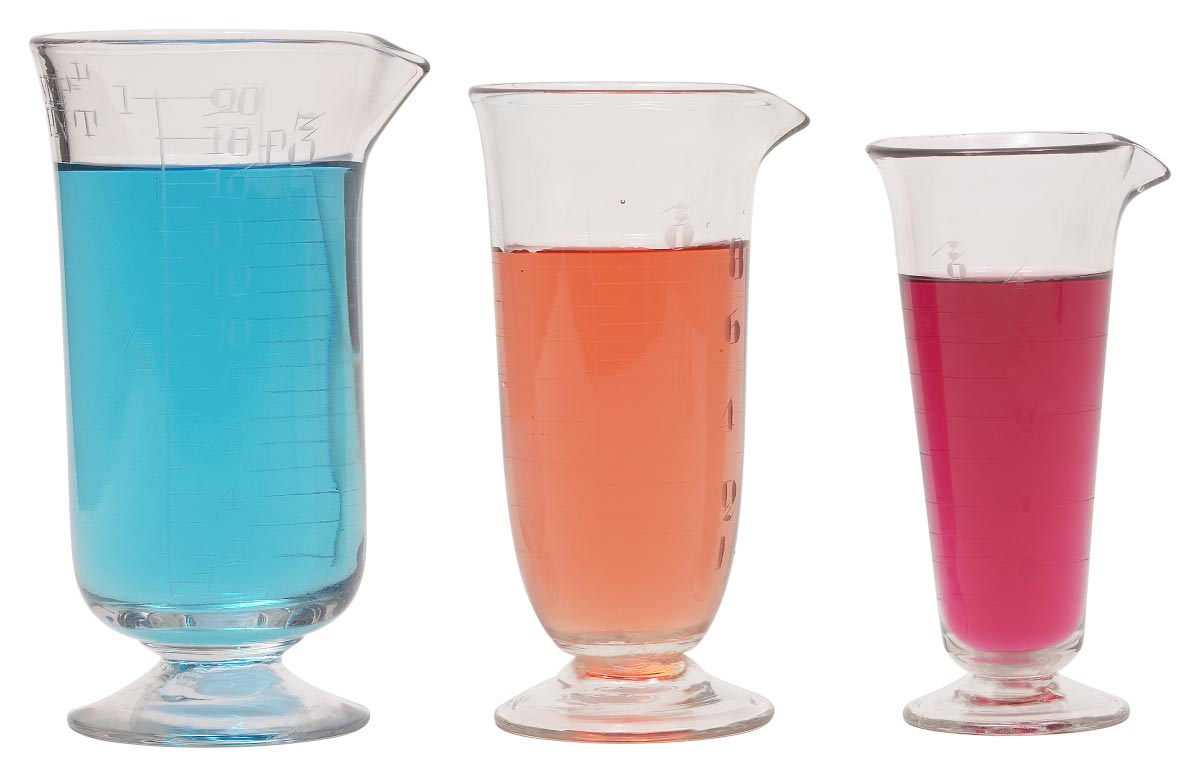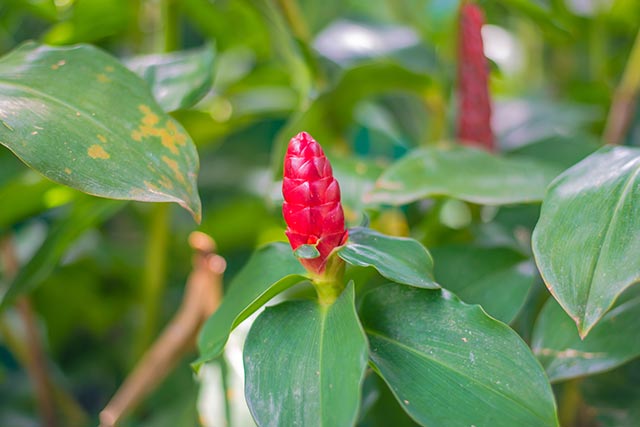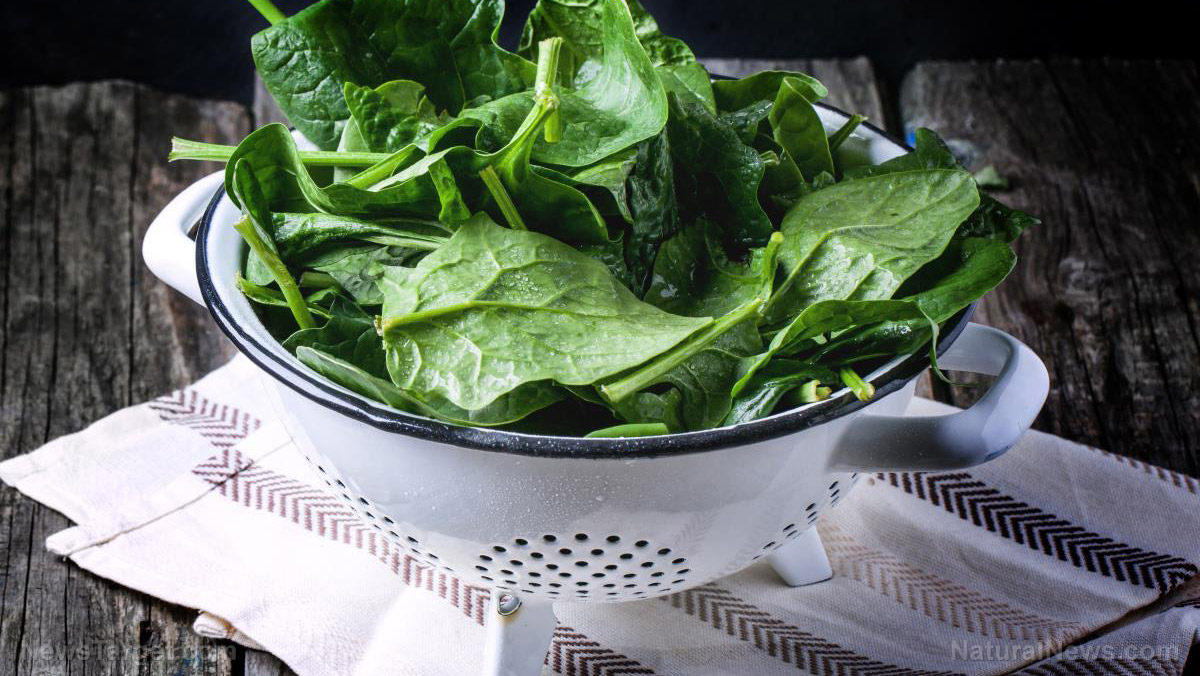Food colorant developed using byproducts of Ceylon black tea production may be a viable substitute for caramel black coloring
02/28/2018 / By Ralph Flores

Extraneous materials from tea production that are usually disposed of can be reused in other ways. In particular, “refused tea,” the waste produced in the manufacture of black tea, can be used as an alternative food colorant in place of caramel black (E, INS 50), according to researchers from the University of Sri Jayewardenepura in Sri Lanka.
- Caramel has been used in many food products such as those in baked goods, soybean sauces, ground sauces, soft drinks, ground molt, alcoholic beverages and in gravies and vinegar.
- However, studies have indicated that consuming beverages with the caramel black colorant are also exposed to 4-methylimidazole (4-MEI), which is described as a potential carcinogen during the production process.
- For this study, the researchers aimed to create an alternative colorant for the color caramel using refused tea.
- The proper raw materials were selected, and color extraction and stabilization was done with carrageenan. The behavior of the extract was studied at different pH values, as well as concentrations, and its potential viability was compared with the current caramel color (E, INS 50). This was conducted using sensory evaluation tests and color comparison methods.
- The results noted that the initial pH level of the extract was 4.9; the color can be used in a wide range of pH levels, and in different concentrations.
- The food color can also be used from a Munsell color chart of 10YR 6/8 to 7.5YR 0.4/2 range, at different concentrations, without any difference between the developed color and the commercially available one.
- The total polyphenol content of the product is 0.04718 milligrams per milliliter.
- The main flavor compounds include Trance-2-hexenal, Cis-3-Hexenol, Linalool, Methyl salicylate, 2-phenyl ethanol, and ?-ionone.
The researchers concluded that the resulting food colorant from refused black tea has the potential to be used in the food industry.
Find the full text of the study at this link.
Journal Reference:
Hewamalage T.K., Liyanage R., Wickramasinghe I. DEVELOPMENT OF A FOOD COLOURANT USING REFUSED TEA GENERATED BY CEYLON BLACK TEA INDUSTRY AS A SUBSTITUTE FOR CARAMEL BLACK (E, INS 150). IOSR Journal of Environmental Science, Toxicology and Food Technology. 2016;10(10):29–36. DOI: 10.9790/2402-1010032936
Tagged Under: 4-MEI, 4-methylimidazole, black tea, caramel black, food colorant, food science, refused tea

